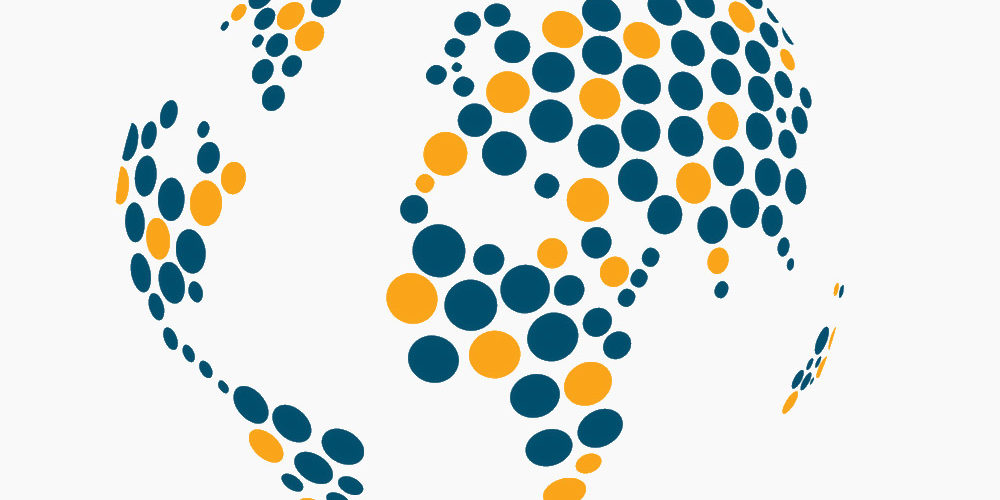Boko Haram is West Africa’s most active and lethal actor. Since 2009, events involving the Abubakar Shekau-led group have numbered more than 2,350 and have been linked to more than 27,000 fatalities. Violent activity reached a high point in 2015, with 456 events. This figure declined over the short term, averaging 325 events per year through 2016-2017. Following a number of successful of offensives throughout 2011 until their peak influence in late 2014, Boko Haram held a presence in all countries surrounding the Lake Chad basin, an area of nearly 50,000 sq. km. Based in Borno State, Boko Haram’s activities gained worldwide notice in April 2014 following the kidnapping of the ‘Chibok Girls.’ Military operations throughout 2015 and 2016 saw the liberation of a number of urban areas as well as an overall decrease in the land area under Boko Haram control. Following the destruction of their Sambisa Forest headquarters in December 2016, Boko Haram have been in a state of relative disorder and decline. Elements of leadership dispersed westward into Gombe, Yobe and Bauchi States leaving the overall force without a central command structure. However, cells of fighters have continued to carry out small-scale suicide attacks on civilians, often using abducted children to carry explosives. State military forces have relied heavily on intelligence gathering efforts to locate remnants of Boko Haram leadership, often striking selected targets with air strikes coordinated with land forces. Hastening their current effort, the Nigerian Government purchased a number of attack aircraft from the United States and the Russian Federation in late 2016 and 2017. Despite the killing or capturing of a number of the group’s lieutenants, Shekau has proved elusive, despite a number of unreliable reports of capture.
Key Figures
Time Period: 2009-01-01 (ongoing)
Number of Events: 4,440
Reported Fatalities: 40,621
Reported Civilian Deaths from Direct Targeting: 16,327
Number of Armed Active Agents: 541


